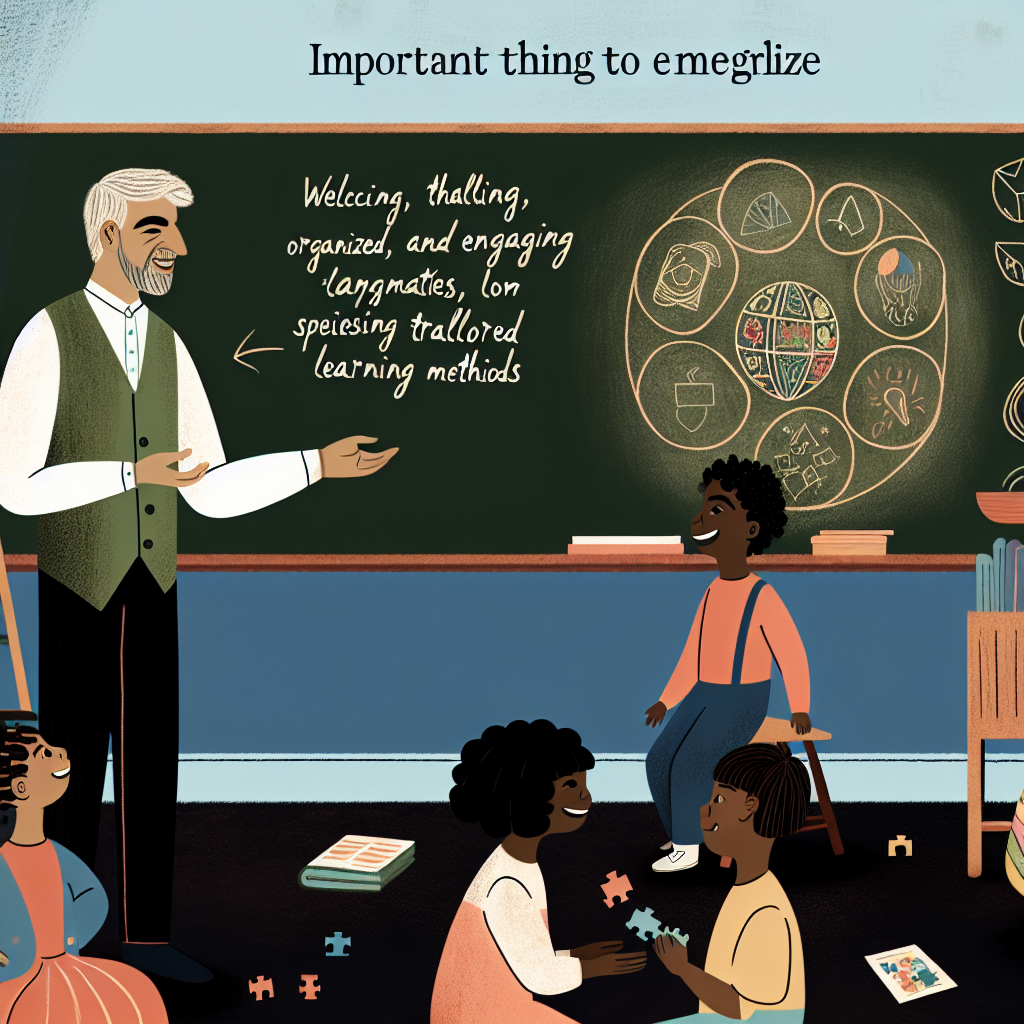Bringing NDBIs into BCBA Training: Why It’s Time for a Change
As behavior analysts, we strive to provide effective and meaningful interventions for children with autism. But are we preparing new BCBAs to use the full range of tools available, especially when working in early intervention? A 2023 article titled “Beyond the Task List: A Proposed Integration of Naturalistic Developmental Behavioral Interventions to BCBA Training” by Ana D. Dueñas and colleagues raises this important question (DOI). The authors call for a deeper integration of evidence-based Naturalistic Developmental Behavioral Interventions (NDBIs) into BCBA training and practice.
Let’s break down what NDBIs are, why they matter, and how we—as a field—can begin to better support their use.
What Are Naturalistic Developmental Behavioral Interventions?
NDBIs are a group of evidence-based approaches that blend two important bodies of science:
- Applied Behavior Analysis (ABA)
- Developmental science
Unlike more structured formats like discrete trial training, NDBIs focus on embedding learning within everyday interactions. Some of the most well-known NDBI models include:
- Early Start Denver Model (ESDM)
- Project ImPACT
- Pivotal Response Training (PRT)
- Enhanced Milieu Teaching (EMT)
What sets NDBIs apart is their natural, playful, and developmentally sensitive approach to teaching communication and social skills.
10+ Reasons to Use NDBIs in ABA Practice
The strength of NDBI lies in its ability to stay grounded in ABA’s core dimensions while offering developmentally respectful and family-centered methods. Here are key benefits:
- Rooted in the 7 dimensions of ABA
- Focused on real-life, socially significant behavior
- Built on child-led and engaging activities
- Delivered in naturally occurring routines
- Promote generalization of skills
- Support maintenance over time
- Engage and empower caregivers
- Align with neurodiversity and person-centered values
- Improve ecological and social validity
- Backed by studies and meta-analyses
- Support active, motivated child participation
- Improve communication and shared attention
These benefits make NDBIs ideal for early intervention and for supporting meaningful progress in young children with autism.
How NDBIs Fit the 7 Dimensions of ABA
Let’s look at how NDBIs align with Baer, Wolf, and Risley’s seven dimensions:
- ✅ Applied — Focuses on skills that matter to families
- ✅ Behavioral — Measures observable actions, not interpretations
- ✅ Analytic — Uses data to drive change
- ✅ Technological — Offers manualized protocols and clear strategies
- ✅ Conceptually Systematic — Rooted in established ABA concepts
- ✅ Effective — Produces socially valid, positive outcomes
- ✅ Generality — Effective across people, settings, and time
This alignment reinforces that NDBIs are not “outside” ABA; they are a streamlined version that is ideal for natural, developmentally aligned teaching.
So Why Aren’t NDBIs Everywhere in ABA?
Despite their effectiveness, Dueñas et al. (2023) found many barriers to adoption:
- Low representation in graduate ABA training
- Lack of awareness and misconceptions about what NDBI is
- False belief that NDBI conflicts with “pure” ABA
- Not emphasized on the BACB’s Test Content Outline (TCO)
- Missed opportunities for collaboration with allied disciplines
- Structural barriers in ABA clinics
- Insurance and funding limitations
To move forward, we need to tackle these barriers directly. That starts with updated training, certification, and agency-level practices.
NDBIs Fit Well in the BACB's Test Content Outline (TCO)
The BACB’s new 6th Edition TCO (effective 2025) opens doors to better integration. NDBI practices map across many areas, including:
- 📚 Behaviorism & Philosophy — Child-led methods align with pragmatism
- 📊 Measurement — Focused data on functional behavior
- 📈 Visual Display — Use of simple caregiver-friendly charts
- ✳️ Ethics — Emphasis on consent, culture, and collaboration
- 🔄 Assessment — Strength-based, ecological, and developmental tools
- 📋 Behavior Change — Embedded learning and reinforcement
- 👨🏫 Supervision — Competency-based training and fidelity checks
This shows that teaching and testing future BCBAs on NDBI principles is both feasible and necessary.
One BCBA’s Story: Bringing NDBIs to Life
Imagine a behavior analyst, Alex, just starting out with four young clients receiving early intervention. Alex notices that standard discrete trial methods aren’t engaging the kids—or their caregivers.
Here’s how Alex embraced NDBI strategies:
- Joined a professional development course on NDBIs
- Integrated NDBI concepts into ecological assessments
- Changed target behaviors to match child development stages
- Co-created goals with families
- Used natural reinforcers in sessions
- Trained RBTs using behavioral skills training (BST)
- Adopted a manualized protocol for consistency
- Tracked maintenance and generalization in settings that matter
- Coached caregivers using role play and feedback
- Monitored treatment fidelity using the NDBI-Fi tool
The result: more engagement from kids, stronger caregiver satisfaction, and better long-term outcomes.
Top NDBI Teaching Strategies You Can Try
Here are 10 practical NDBI techniques you can start using today:
- Sit at child’s eye level during play
- Follow the child’s lead in selecting materials
- Offer natural reinforcers (e.g., toys, actions, praise)
- Model language appropriate for the child’s level
- Use waiting and turns to encourage initiative
- Reinforce any communicative attempt
- Prompt with fading cues, not full control
- Use shared routines like songs and real events
- Align pacing with child’s motivation and attention
- Use “communication temptations” to set up opportunities
These methods align not only with best practices but also with family experience and child development.
Training Tips for Educators, Supervisors, and Agencies
To prepare the next generation of BCBAs, we must rethink how we train and support our workforce. Here are key strategies:
- Include NDBIs in ABA coursework and supervision
- Utilize pyramidal training like BST for treatment fidelity
- Partner with allied fields (SLPs, educators, OTs)
- Provide access to developmental and ecological assessment tools
- Highlight NDBI strategies in CEUs and community workshops
- Train supervisors to evaluate implementation using tools like NDBI-Fi
- Advocate for funding policies that support NDBI-compatible models
Policy & Certification: Moving From Task Lists to Practice
The BACB has moved from a rigid “Task List” to a more flexible “Test Content Outline.” This offers a unique opportunity:
- Align certification with what works best in real-world early intervention
- Place greater focus on evidence-based, developmentally appropriate practices
- Emphasize dynamic interaction over rigid instruction
Now is the time to revise agency policies, preparation programs, and ethical standards to reflect what families and young children actually need.
Conclusion: An Invitation to Lead
Naturalistic Developmental Behavioral Interventions are not just "nice to have"—they are essential ABA strategies with a solid track record. If behavior analysts want to lead in meaningful autism interventions, especially early in life, we must embrace and integrate NDBIs into our practice and certification systems.
📣 Ready to take the next step? Read the full paper by Dueñas et al. (2023) here and join the conversation about how we can rebuild training to serve children and families even better.
Further Reading
📘 Books:
- Bruinsma et al. (2020) – "Naturalistic Developmental Behavioral Interventions for Autism Spectrum Disorder"
- Rogers & Dawson (2010) – "Early Start Denver Model"
- Ingersoll & Dvortcsak (2019) – "Project ImPACT"
📄 Key Articles:
- Sandbank et al. (2020) – Meta-analysis of NDBIs
- Frost et al. (2020) – NDBI-Fi fidelity tool
- Vivanti & Stahmer (2021) – NDBI as ABA framework
🔗 Community Resource: NDBI Special Interest Group
Let’s build a future where every BCBA is equipped to use the full range of evidence-based strategies—including the natural, developmental tools that children deserve.



